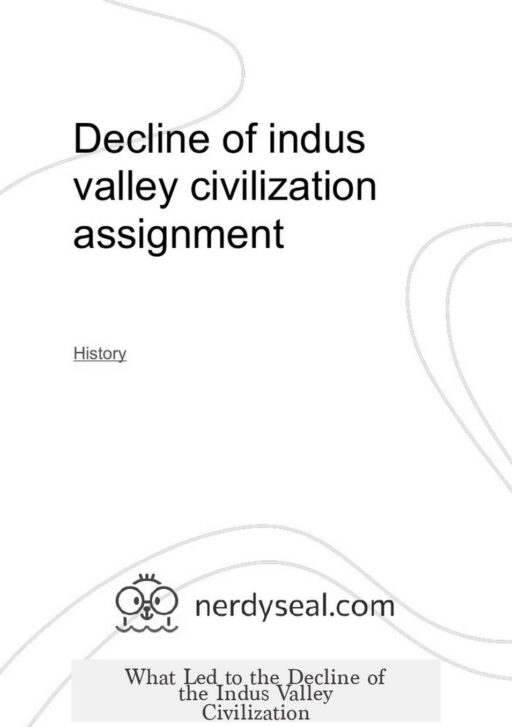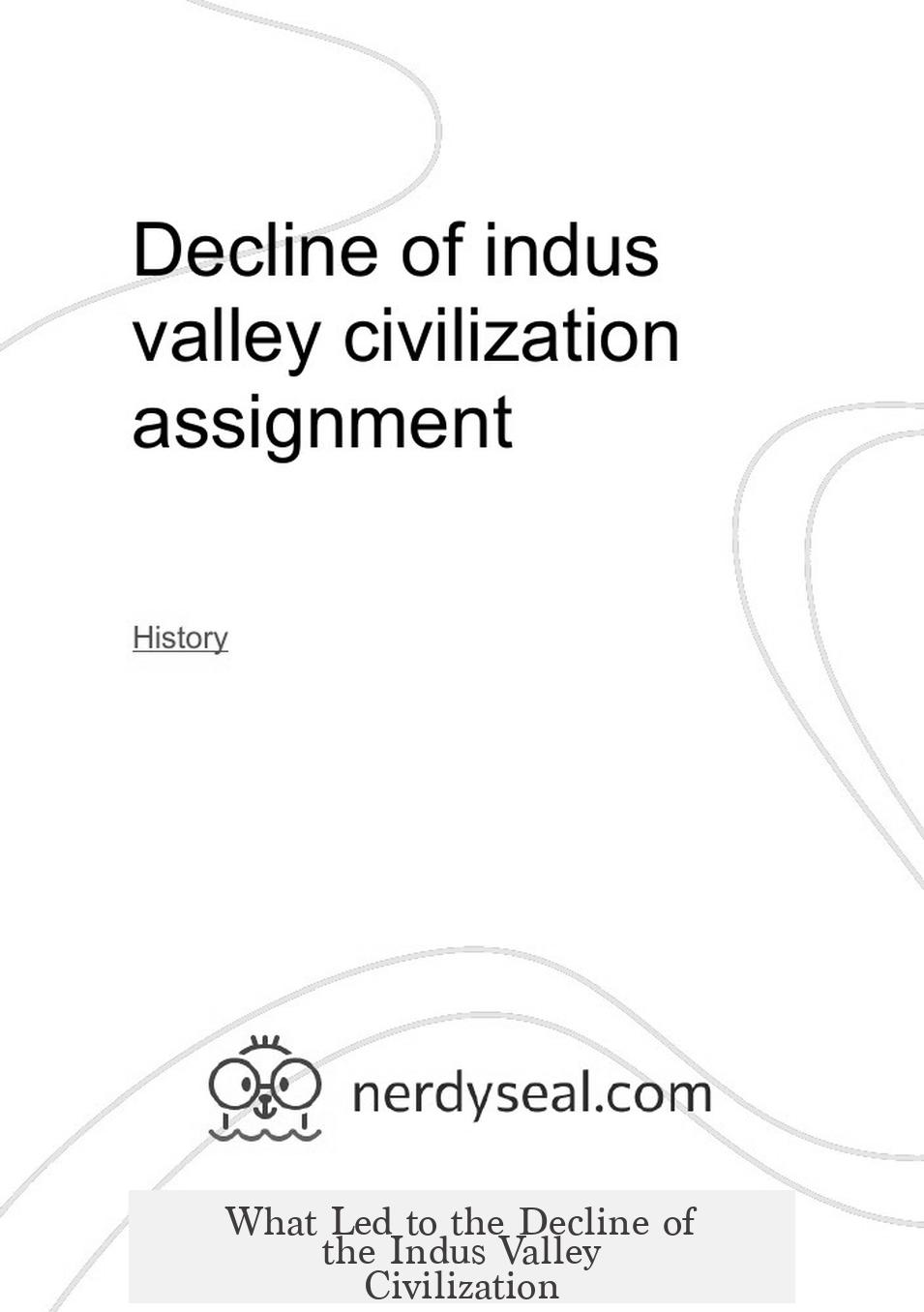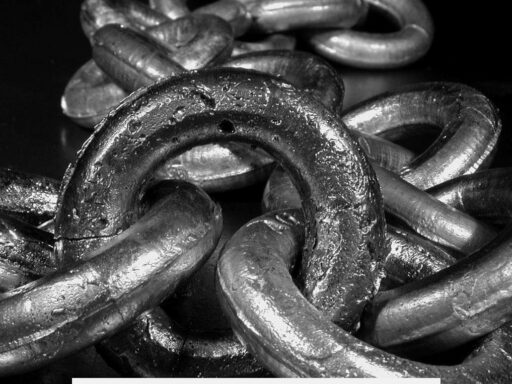The Indus Valley Civilization (IVC) declined primarily due to natural disasters combined with environmental and socio-political changes. Evidence from Mohenjodaro reveals repeated severe flooding, indicated by several silt layers. This flooding is likely the result of tectonic activity causing natural dams downstream, temporarily turning the surrounding region into a large lake. However, the repeated flooding cannot be fully explained by tectonic movement alone.
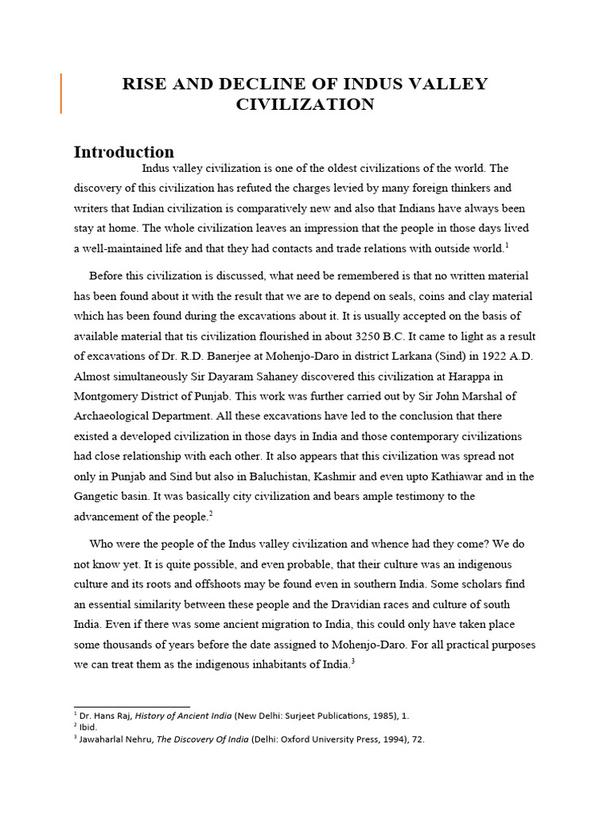
While Mohenjodaro suffered from flooding, other areas in the Ghaggar-Hakra valley experienced gradual drying up, or desiccation. This happened because tectonic shifts altered the courses of rivers like the Sutlej and Yamuna. These rivers were either captured by other river systems, such as the Ganges or the Indus, cutting off water supply and affecting agriculture and settlements in that basin.
Climate change likely played a significant role by impacting rainfall patterns and the availability of water, further stressing the civilization economically and socially. Some scholars also mention the possibility of foreign invasion contributing to the decline, but the evidence remains inconclusive and secondary compared to environmental reasons.
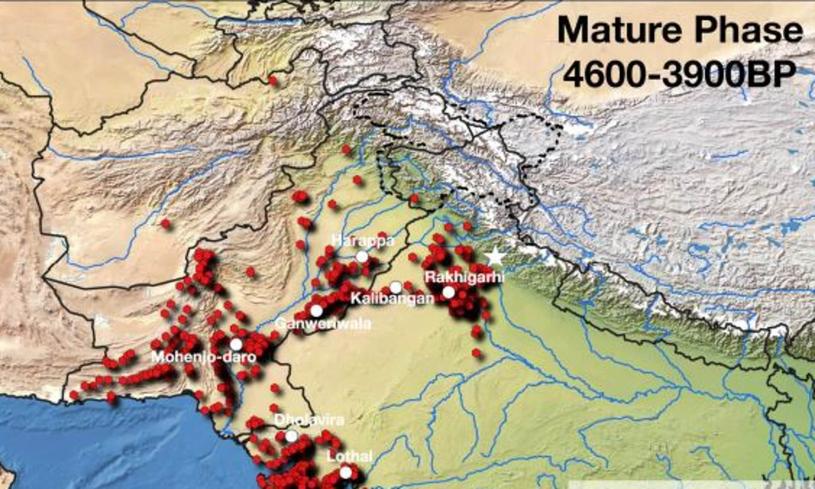
The breakdown of the centralized Harappan state also marks a key factor. Archaeological findings show the end of uniform systems such as standardized weights and measures. People shifted toward more local and inconsistent practices, indicating a loss of political and economic unity. This fragmentation would have led to weaker coordination and resilience during environmental crises.
| Factors | Details |
|---|---|
| Natural Disasters | Repeated flooding at Mohenjodaro due to tectonic dams; desiccation in Ghaggar-Hakra valley |
| Environmental Change | River course shifts; climate change affecting water availability |
| Political Decline | End of Harappan state unity; abandonment of standardized trade measures |
| Possible Invasions | Suggested by some but lacking strong evidence |
The decline of the Indus Valley Civilization results from a combination of repeated environmental stresses and weakening social-political structures. Flooding and drying of critical river valleys undermined agriculture and settlement stability. Meanwhile, the loss of centralized control fragmented trade and administration, making recovery difficult. Foreign invasions remain a debated but less supported factor.
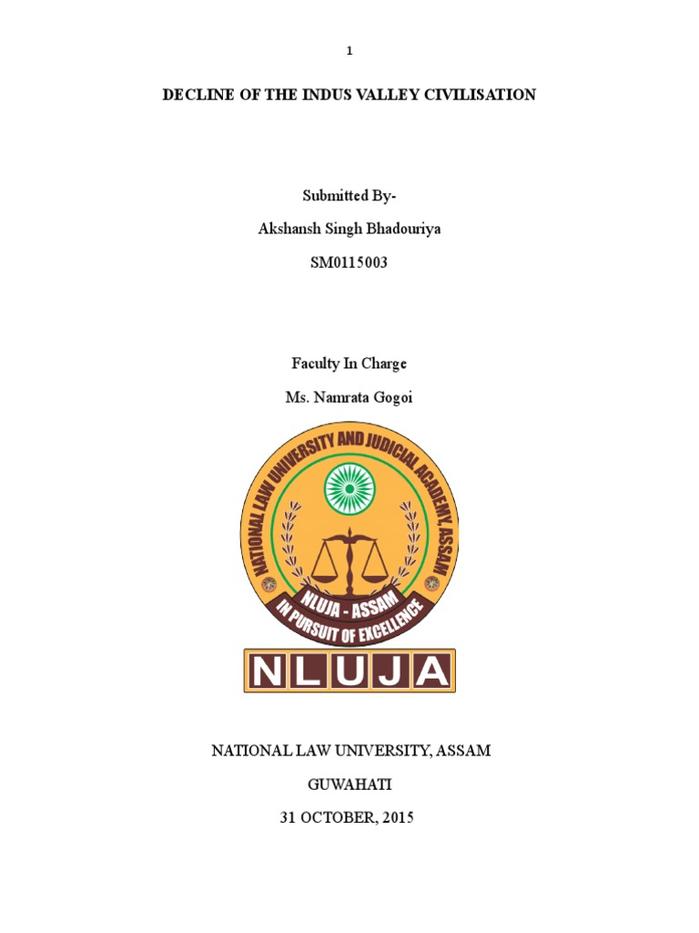
- Repeated flooding damaged major cities like Mohenjodaro.
- River course changes caused gradual drying in other regions.
- Climate shifts worsened resource scarcity.
- The end of political unity dismantled standardized systems.
- Invasion theories have limited evidence.
What Really Happened to the Indus Valley Civilization?
The Indus Valley Civilization (IVC), one of the world’s earliest urban societies, didn’t vanish overnight or simply because of one single event. Instead, a combination of natural disasters, environmental shifts, and societal changes led to its gradual decline. But what exactly happened? Let’s dive into the muddy waters of history and unravel the mystery of the Indus Valley civilization’s fate—without the hype and tall tales.
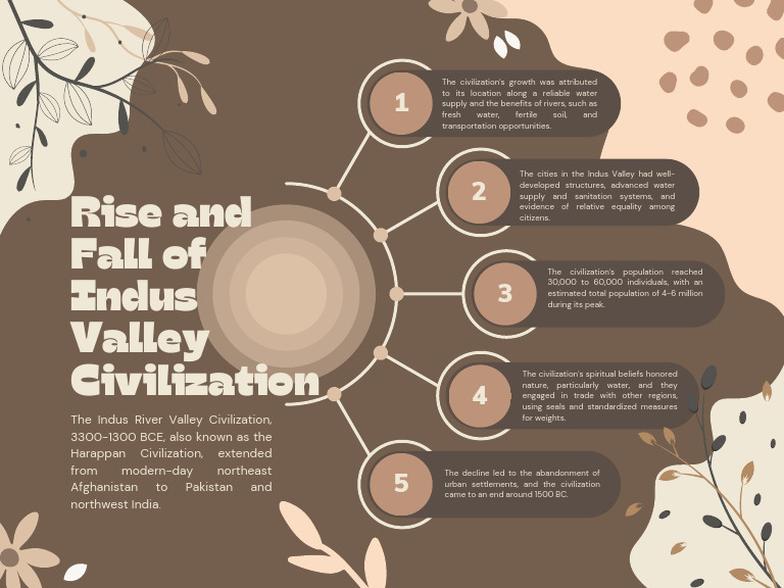
Flooding at Mohenjodaro: Nature’s Wrath Unleashed
Imagine a city bustling with traders, artisans, and planners suddenly submerged under layers of silt. That’s what happened at Mohenjodaro, one of the key sites of the IVC.
Archaeologists have uncovered multiple layers of silt at Mohenjodaro, suggesting that the city experienced repeated flooding.
This flooding wasn’t just a one-time event but a recurring nightmare that probably disrupted daily life, agriculture, and infrastructure.
What caused these floods? Some scientists propose tectonic movement downstream from Mohenjodaro near Sehwan, roughly 90 miles away, formed a gigantic natural dam. This dam could have turned the area into a massive lake, slowly swallowing the city.
Sounds dramatic, right? But if it was just the dam, why did floods happen repeatedly? Geological evidence indicates that such a single event can’t fully explain the flooding episodes.
Desiccation in the Ghaggar-Hakra Valley: The Drying River’s Story
Not every part of the Indus civilization drowned—some dried up.
In the Ghaggar-Hakra valley, evidence points towards gradual desiccation, or drying out, due to changing river courses.
Two rivers significant to the civilization, the Sutlej and the Yamuna, once flowed into the Ghaggar River. However, tectonic shifts led to “river capture,” a fancy term for when rivers change routes.
So, either the Yamuna headed towards the Ganges system or the Sutlej joined the Indus River.
Either way, the Ghaggar-Hakra valley lost its water supply. Regions once fertile and thriving became arid, forcing people to move or adapt to tougher conditions.
The Climate Card: Was Mother Earth to Blame?
Climate change has a habit of crashing the party. For the IVC, shifts in climate likely altered rainfall patterns and river flows.
Less rain meant less water for farming and drinking. If you’d spent years perfecting wheat fields and irrigation, a sudden dry spell would ruin your plans.
While floods devastated some urban centers, long-term drying forced others to abandon their homes.
This double whammy pins Mother Nature as a significant player in the civilization’s downfall.
Did Foreign Invaders March In?
Popular stories often talk about Aryan invasions wiping out the IVC as an easy explanation.
But real evidence for large-scale foreign invasion remains scarce.
Sure, small migrations or conflicts could have occurred. However, the collapse seems more like a slow process of environmental and societal decline, rather than sudden conquest.
The Fall of the Harappan State: Losing the Glue
The Indus Valley wasn’t just a society; it had a strong unifying governance and standardized systems.
One tell-tale sign of this unity was their consistent use of standardized weights and measurements across cities.
When these practices faltered, as archaeologists notice, local non-standard weights started appearing.
This change signals the end of a central authority—a Harappan state that once bonded these communities started to dissolve.
As administrative control weakened, trade networks and urban cohesion suffered.
Piecing the Puzzle: A Gradual Transformation, Not a Sudden Collapse
The decline of the Indus Valley Civilization looks less like a dramatic movie scene, and more like a slow twilight.
Natural disasters—especially flooding—hit Mohenjodaro hard.
Meanwhile, the drying up of rivers in the Ghaggar-Hakra valley forced many inhabitants to search for more hospitable lands.
Climate changes chipped away at agricultural stability, throwing collective lifestyles into disarray.
Alongside this, the breakdown of centralized governance meant the loss of unifying elements, steering towards scattered village-based societies.
What’s fascinating is how evidence across different sites shows varied experiences—floods in some areas, drought in others, social changes everywhere.
This complex interplay challenges simplistic “invasion” or “disaster” theories.
Lessons from the Indus Valley
What can modern societies learn from the IVC’s story? Resilience matters, but environmental changes can overwhelm even the most advanced urban setups.
Standardization and cooperation provide strength, but when lost, society can fragment quickly.
And lastly, nature’s power is unpredictable—adapting to changes is crucial for survival.
In Conclusion
The Indus Valley Civilization declined due to a combination of natural disasters, particularly repeated flooding at Mohenjodaro, drying up of key rivers like the Ghaggar-Hakra due to tectonic shifts, climate change’s impact on agriculture, and the disintegration of the centralized Harappan state.
Foreign invasion? Less evidence supports this as the primary cause.
Instead, a more nuanced picture emerges, where environment and societal factors wove a complex story of gradual transformation and decline.
So next time someone asks what really happened to the Indus Valley Civilization, you know it wasn’t just one thing—it was Mother Nature, tectonic gymnastics, shifting rivers, and human responses all playing their part in history’s grand drama.
